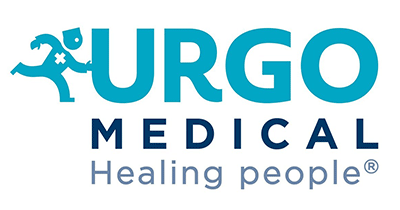Living with a wound can impact both patients and their carers. The treatment recommend may depend on your age, health and the type of wound it is.
Different wound types
Each wound is different, and requires different care and treatment. Read more information below on different wound types.

Epidermolysis bullosa
Epidermolysis bullosa (EB) is a rare, genetic skin disease, which affects around 500,000 people worldwide. It is estimated that there are around 1,000 people in…
Find out more
Pressure ulcers
Pressure ulcers are common in people confined to bed for long periods, or immobilised due to a disease/accident. Each year in France, 300,000 patients are…
Find out more
Surgical wounds
Of all wounds, the surgical wound (or operating wound) is probably the most distinct. In effect, unlike other wounds it is caused by an intentional…
Find out more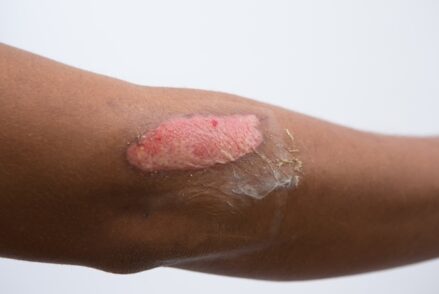
Burns
In Australia there are about 5,800 people hospitalised each year for burns. 1 Children under the age of 5 and males are most at risk…
Find out more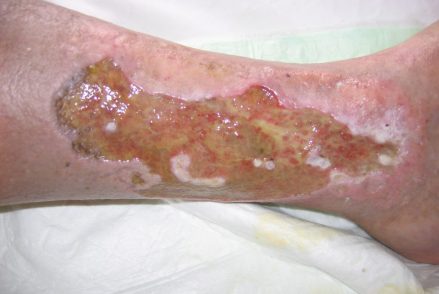
Leg ulcers
Leg ulcers are wounds that are often caused but problems with veins and/or arteries. Around one per cent of the Australian population suffers from leg…
Find out more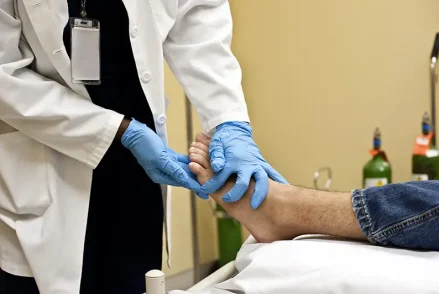
Diabetic foot ulcers
Diabetic foot is one of the most common, costly and severe complications of diabetes. 1 in 4 people with diabetes will potentially develop a foot…
Find out moreEnd of content
Looking for advice on how to take care of your wound?
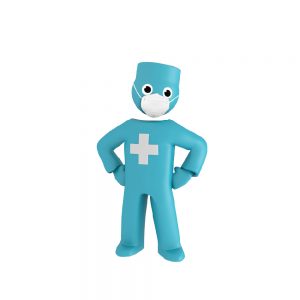
It is not always easy to know what to do, when, as a patient, you are faced with a chronic ulcer. Doctor Nabila Benahmed, Medical Director, reviews the options and offers essential advice.
